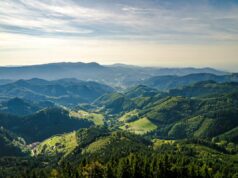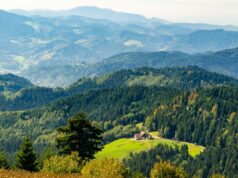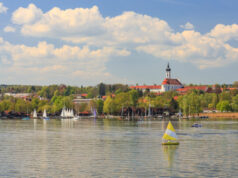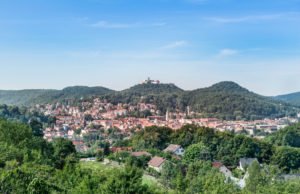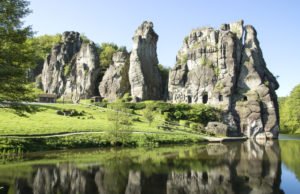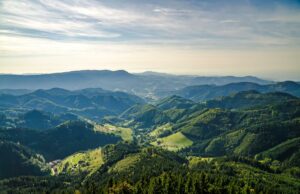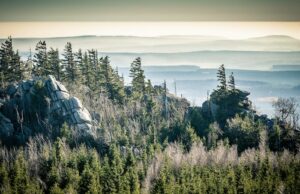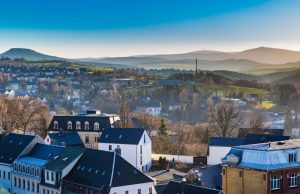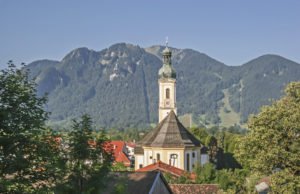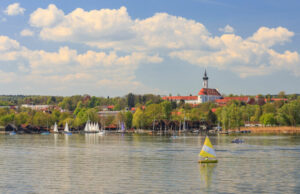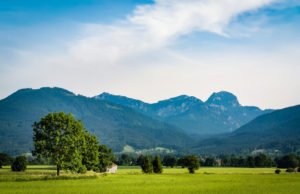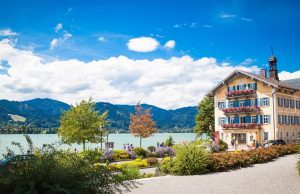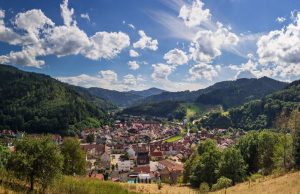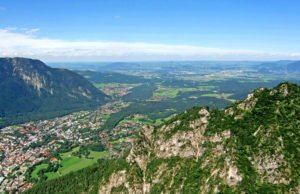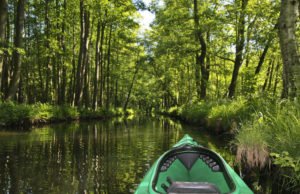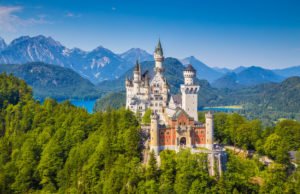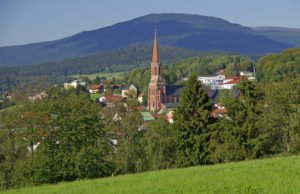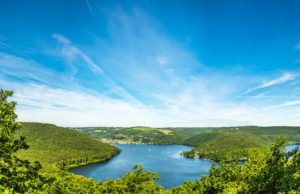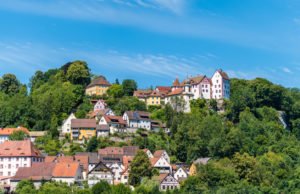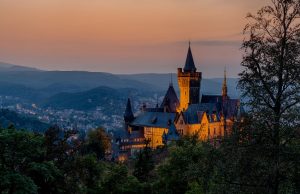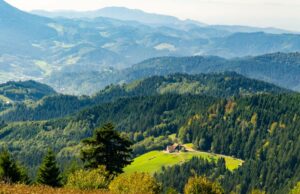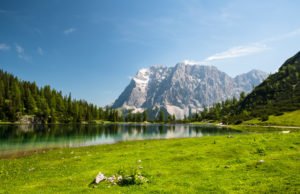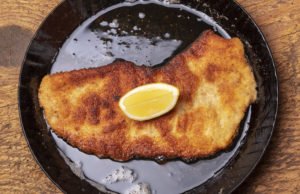Berchtesgadener Land, at the south-eastern tip of Germany, where it borders Austria, is known for its mountains, its clean and clear lakes, and for the old-fashioned Bavarian charm that makes it a must-visit. Most of all, it is famous for the stunning high alpine resort of Berchtesgaden.
How to get there
Berchtesgaden is only 16 miles by road from Salzburg. However, this is an expensive trip to take by taxi, and the bus, with a journey time of around 45 minutes, may be a better option. It is also possible to go by train but the one hour journey includes a change.
Many visitors arrive from Munich. Catching a train from there takes around three hours, including a single change. A Bayern Regional Train Pass will cover the journey.
What to see
The scenery is the chief draw. The 210 km² Berchtesgaden National Park is the only national park within the German Alpine region. Its landscape is varied, encompassing valleys, pastureland, cliffs and glaciers, and it has wildlife to match. Rare orchids and golden eagles find sanctuary here as well as chamois, ibex, and marmots. The National Park administration offers a variety of guided walks, in German. There are also some well-marked trails, including one where marmot sightings are almost guaranteed.

The 1965 musical, “The Sound of Music”, starring Julie Andrews, is still a perennial favourite. Much of the film was shot in Berchtesgadener, including the famous opening and closing sequences. Unfortunately, Marktschellenberg’s Mehlweg Meadow, where Maria danced and sang, “The Hills are Alive” is private property and not accessible to visitors. However, Mount Watzmann, visible in the background, is a superb place for a panoramic walk. At almost 9,000 feet, it is Berchtesgadener’s highest peak. Keen and well-equipped hikers can reach the summit by a trail that incorporates the Watzmannhaus hut, where it is possible to stay overnight. Expert mountaineers might choose instead to tackle the peak’s eastern face, which, at almost 2000 metres, is not a climb for the faint-hearted or ill-equipped. Visitors not tempted either by hiking or climbing this particular mountain must not miss photographing it. Indeed, it is hard not to, given how protectively it towers over the valleys at its foot.
At the foot of Mount Watzmann is Königssee, or the King’s Lake. Said to have the cleanest and clearest waters of any lake in Germany, at 630 feet in depth, it is also Bavaria’s deepest lake. Petrol-powered boats are prohibited from using the lake, as indeed are private vessels of any kind. However, visitors can cruise it and marvel at the enclosing mountains, from a number of electric passenger ferries. Most of the lakeshore is inaccessible from land; the beautiful hiking trail to Malerwinki, or the Painter’s Corner, is the chief exception. Although private fishing is not allowed, it is still possible to sample some of Königssee’s many freshwater fish species in the inn on St Bartholomew’s peninsula.

Berchtesgadener Land is still inextricably linked to its Third Reich past. In the mountains to the south-east of Berchtesgaden is Obersalzberg, the National Socialists’ southern seat of power. Hitler’s former home, the Berghof, no longer stands, but a variety of other Nazi-era buildings are still there, and open to visitors, as are a series of bunkers. There is also a large, and thoughtful museum, Dokumentation Obsersalzberg, built as a place of learning and remembrance.
Higher even than Obsersalzberg is das Kehlsteinhaus, or the Eagle’s Nest, built as a fiftieth birthday present for Hitler, almost at the top of Mount Kehlstein. The building survived the war unscathed and now hosts a mountain top restaurant with a panoramic view. Access is via a steep road from Obersalzberg. The final stage of the journey, from the car park, is taken in a brass-lined lift that travels up through a tunnel in the rock. Road and restaurant open only when all risk of snow has passed, which is usually some time in May. It is possible to hike from the restaurant up to the summit, which is the best spot for photographs. Proceeds from the tourism to das Kehlsteinhaus are donated to charity.

In uninterrupted operation for five hundred years, the Berchtesgaden Salt Mine is now accessible to visitors via a miniature train that goes deep inside the mountain. There, a cathedral made from salt, the Spiegelsee (“Mirror lake”), with a ferry running across it, and a salt laboratory await exploration.
The picturesque spa town of Bad Reichenhall has been a favoured health and wellness centre for more than a hundred years. It also boasts an attractive market, tours of its old salt works’ building, and a number of excellent restaurants and hotels.
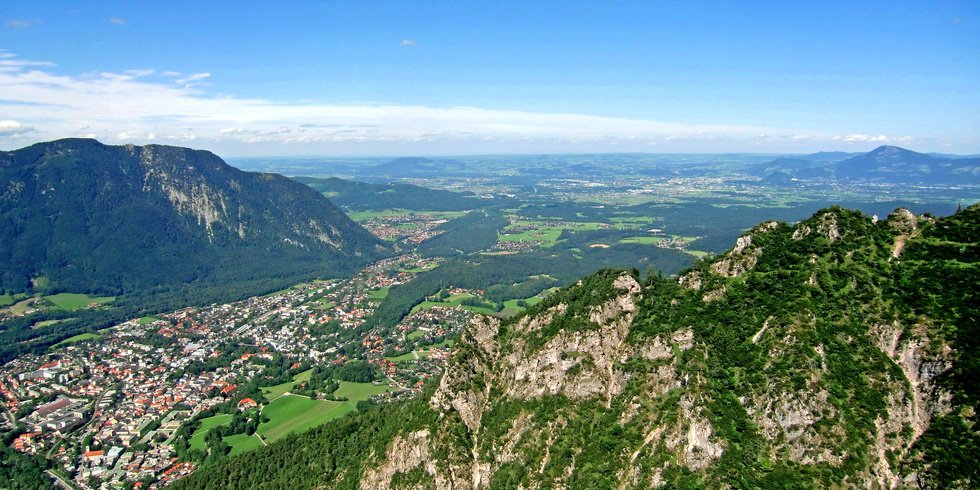
Skiing
It is impossible to think about the Alps without wondering about skiing. With excellent snow almost certain between December and spring, this sport is well catered for in Berchtesgadener Land. Skiing is possible in several places, with Jenner, near to Königssee, one of the most popular. Access is via the Jennerbahn cable car. Snowboarding, ice-skating and ice curling are also available.
When is the best time of year to visit?
This largely depends on what you want to see and do. There are fewest visitors in spring and autumn, but the mild temperatures at those times of year make hiking a particular pleasure. Winter sports have a more closely-defined season, as do some of the highest tourist attractions. However, snow hiking, on some of Berchtesgadner’s well-marked trails is popular among experienced walkers.

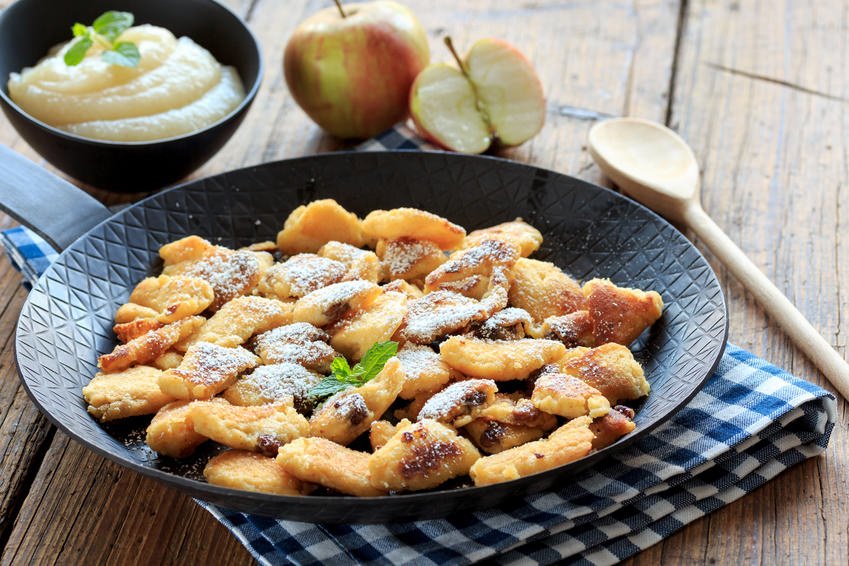
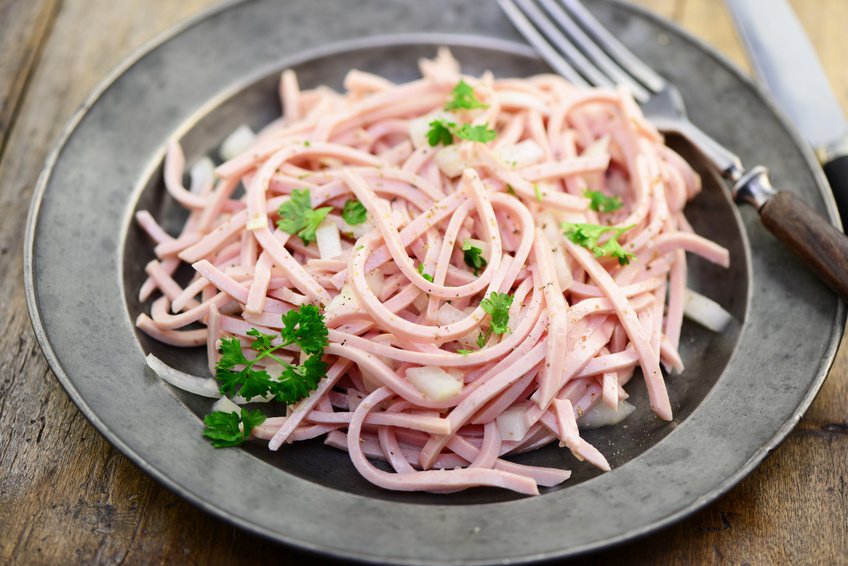
Food and drink
For many people, Bavaria means beer. Berchtesgaden Land is no exception, with a number of of lovely and convivial beer gardens for the visitor to enjoy. Many also host live music in the evenings, particularly during the summer months. However, there is plenty of other sustenance aside from beer or, as it is sometimes known, “liquid bread”. A variety of restaurants, from simple inns (Gasthof) to fine dining in restaurants are available. The Bayerische Schmankerl, a selection of snacks, which are often made from local produce, can be particularly good value and a novel culinary experience for the visitor. Not everything is sausage, although Bratwurst and Münchner Weisswurst are deservedly popular in their home region. Soups and broths with liver dumplings, or strips of pancakes, can be a tasty and unusual alternative. Pancakes, served with apple sauce, also make a scrumptious pudding; look for Kaiserschmarrn on menus.


